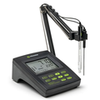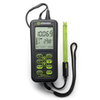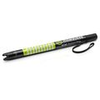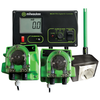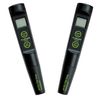Milwaukee Blog
Digital Brix refractometer to measure calf immunity
What is colostrum and why is it important
Colostrum management is one of the most important factors in protecting calf health for the first 6 weeks of life. All calves need to be fed good quality colostrum as soon as possible after birth, so they can obtain the antibodies they need to fight disease. Colostrum is the first milk produced after a cow gives birth and is essential if a newborn calf is to survive and thrive. As the newborns’ first food source, colostrum provides essential nutrients to increase metabolism and digestive activity. Colostrum is also a vital source of antibodies for passive immune protection that is essential for keeping the calf healthy. The quality, quantity and timing of when colostrum is fed are major factors affecting morbidity and mortality of new-born calves. Colostrum quality can now be easily identified from a single drop, so it is sensible to routinely assess the quality of each colostrum sample you collect.
Colostrum quality
Colostral IgG concentration is the most common measure of colostrum quality. Colostrum quality depends primarily on the amount of the antibodies (IgG) it contains. High quality colostrum is defined by having an IgG concentration of greater than 50mg/ml.
IgG concentration can vary considerably from cow to cow, and ideally, colostrum should be tested for quality to avoid feeding poor quality colostrum.
Many factors, including a cow’s disease history, volume of colostrum produced, season of the year, and breed, affect the concentration of IgG in colostrum. Research has shown that IgG levels vary widely from one cow to the next and range from less than 20 to over 100 mg/ml. The difference between 20 and 100 mg/mL of IgG in colostrum can mean the difference between failure and success in passive transfer of immunity. Colostrum containing 50 mg/mL or more of IgG is considered a high-quality feed for new-born calves.
| Rating | Measure of quality Milligrams of IgG in each ml of colostrum |
| Very good | 60 mg per ml |
| Good | 50 mg per ml |
| Poor | 30 mg per ml |
Measuring the quality of colostrum
Digital Brix refractometers can be used on the farm to estimate colostrum IgG, and to separate high quality colostrum from low quality colostrum and improve your ability to provide calves with enough IgG to attain successful passive transfer of immunity.
The scale in a Brix refractometer is designed to measure the amount of sucrose in a solution, but Brix values can be associated with IgG in colostrum. The refractometer works by shining a beam of light through a sample of liquid. The device measures the amount of light that is refracted (or bent) from the light path when passing through the sample. In colostrum, the proteins cause light to bend. The greater the protein level, the more light is bent from the light path. As a large proportion of the protein in colostrum is IgG, samples with high IgG levels will cause more bending of the light.
A Brix value of 22% corresponds to 50 mg/mL, meaning colostrum with a Brix value above this cut off point can be considered high quality colostrum.
How to use a digital Brix refractometerNote: Colostrum should be collected as soon as possible but no more than 5 five hours post calving. Zero CALIBRATION: 1. Press the ON/OFF key, then release. 2. Using plastic pipettes, fill the sample well with distilled or deionized water. 3. Press the ZERO key and wait your unit to be calibrated. The 0.0 screen will be displayed when the calibration is ready. 4. Gently absorb the ZERO water standard with a soft tissue. Use care not to scratch the prism surface. Wipe off the surface completely. The instrument is ready for sample measurement. |
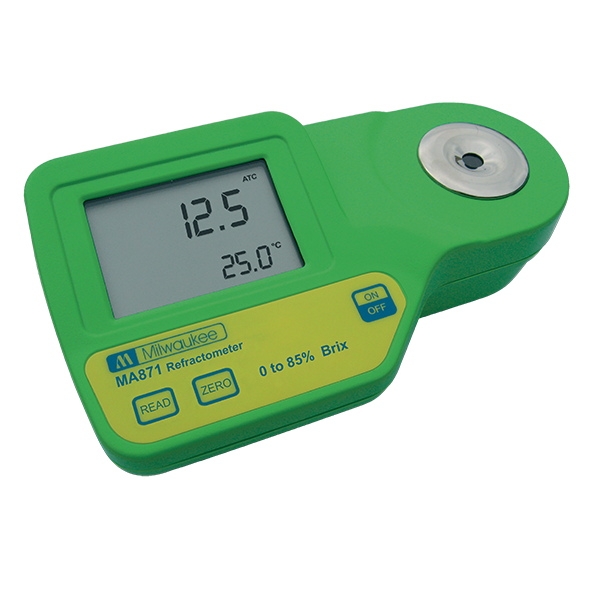 |
||
|
Measurement procedure: 5. Wipe off prism surface located at the bottom of the sample well. 6. Using plastic pipettes, drip colostrum sample onto the prism surface. Fill the well completely. 7. Press the READ key. Measurement is displayed in in units of % Brix. Cleaning the meter: 8. Remove sample from the sample well by absorbing with a soft tissue. 9. Using plastic pipettes, rinse prism and sample well with distilled or deionized water. Wipe dry. The instrument is ready for the next sample. |
|||

